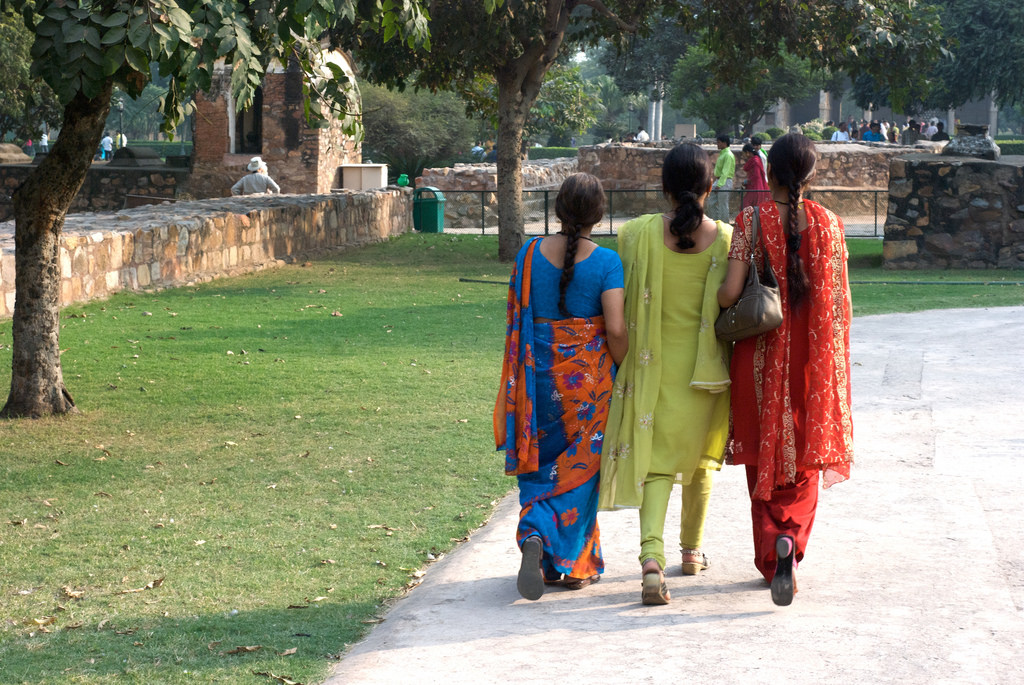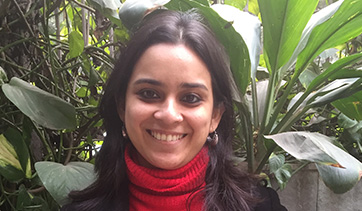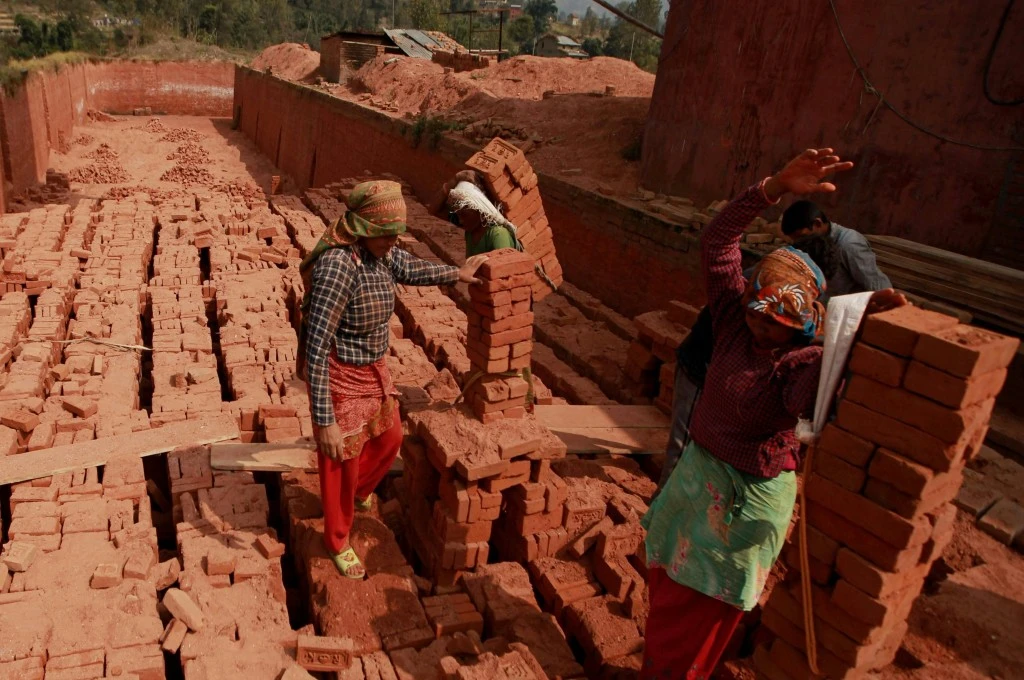“Don’t tell me what you value, show me your budget and I’ll tell you what you value”, remarked Joe Biden, former American Vice President during the 2008 Presidential Campaign. Against the backdrop of high incidence of gender based violence, low sex ratio, high maternal mortality rates, gender gap in wages, and other indicators that bring to light the gender based challenges confronting us today, the question of what is valued- as reflected in government budgets, assumes significance.
Recognising the need to prioritise financial resources for programmmes or schemes for women is not new in the Indian context. The planning processes followed in the country until recently, as well as the NITI Aayog’s Action Agenda (2017-18 to 2019-20), have paid attention to what extent commitments towards women are backed by budgetary outlays.
The Ninth Five Year Plan (1997-2002) witnessed the adoption of the Women’s Component Plan (WCP) (although the notion of WCP had entered the planning in the Seventh Plan). Simply put, the WCP strategy required ministries to ensure that “not less than 30 percent of funds are earmarked for women under the various schemes of women-related ministries/departments”.
Did the adoption of WCP translate into a higher priority for women in government budgets?
Though WCP was undoubtedly an important step in the direction of ensuring financial commitments for women, it was inherently limited in both its approach and scope to bring about significant changes. Simply earmarking a proportion of the budget in ‘women related’ departments could ensure a certain flow of resources towards women through existing interventions, but would be constrained in addressing fundamental biases against women in the fiscal policy.
The Women’s Component Plan could not influence the design of schemes to make them more gender responsive.
Related article: Where are the women in policy making?
For instance, it is generally accepted that women and girls’s reliance on the government for provisioning of essential services like health and education tends to be more than that of men. Studies show that probability of being enrolled in private schools is higher for boys than for girls. Research also reflects that households that face budget constraints are more likely to spend on hospitalisation of boys rather than girls. However, the WCP strategy was not designed to address the implications arising from low government expenditure on health caused as a result of the government pursuing a contractionary fiscal policy. In addition, WCP could not influence the design of schemes to make them more gender responsive or push for the introduction of new schemes wherever required.
From Women’s Component Plan to Gender Responsive Budgeting
The adoption of Gender Responsive Budgeting (GRB) in 2005-06 marked a paradigm shift in the approach to enhancing gender responsiveness of planning and budgetary processes. The strategy of GRB recognises that the manner in which governments raise and spend resources has marked gender implications.

Photo courtesy: Flickr
A budget that is made without taking into account the unequal social structures in which we operate, may not benefit women and girls equally.
A budget that is made without taking into account the unequal social structures in which we operate, may not benefit women and girls equally. For instance, bringing and retaining girls in schools may require additional investments such as providing cycles for safe commuting, or functional toilets and sanitary napkins for menstruating girls- as is now being done in several states.
The scope of GRB is also wider: GRB recognises that no sector is ‘gender neutral’; gender concerns in government interventions need to be addressed not just in ‘women related’ sectors but also in sectors that have conventionally been seen to be gender neutral, for instance infrastructure.
Likewise, taxation policies too have gender dimensions. The question of who is taxed, and what kinds of taxes contribute how much to the government’s resource base are important questions from a gender perspective. Taxation policies that impose a lower tax burden on low income earners compared to those with higher incomes are likely to achieve more gender equitable outcomes given that women tend to be concentrated on the lower end of the income spectrum, and vice versa.
How well have we fared with respect to GRB in the last decade or so?
Laying out the roadmap
The initial years following the adoption of GRB saw sustained efforts led by Ministry of Finance and Ministry of Women and Child Development in the Union Government, along with other important stakeholders to develop a road map for its institutionalisation.
Gender Budget Cells—the institutional mechanism to coordinate departmental efforts on GRB—were set up in 57 departments. The capacity of implementing officials was developed so that they understood the strategy.
Each year since 2005-06, a Gender Budget Statement (GBS) which captures how much funding has been allocated to schemes benefitting women, is also presented as part of the Union Budget. Even though the reporting by departments in the GBS tends to be based on assumptions, and hence fairly superficial in many cases, the GBS is nonetheless important as it is the only source of information on government efforts at ensuring budgetary commitments towards women. Following in the footsteps of the Union Government, many states have also taken similar measures to institutionalise GRB.
Setting up schemes
These efforts have undoubtedly led to an increased recognition of gender concerns across sectors and there have been a variety of schemes set up to address these. This is reflected in the interventions of several departments including ‘gender neutral’ ones such as:
- Financial Services which established a Women Self Help Group Development (funding 150 most backward districts)
- Science and Technology which set up the DISHA scheme to retain women in science and enhance the representation of women in Science, Technology, Engineering and Mathematics, among others
- Agriculture and Cooperation which developed gender-friendly equipment for women, incorporating a gender perspective in agriculture.
New schemes for women, such as the Maternity Benefit Programme, One Stop Centres, and Women’s Helpline have also been introduced. Departments have also started reporting on their outcomes with respect to women (in Outcome Budgets) while progress towards initiating gender audits has been made.
What has GRB achieved?
There has been skepticism about GRB’s potential to effect significant change.
Allocations reported in the Union Government’s GBS have consistently hovered between 4.5 percent to 5.5 percent* of the Union Budget, while most schemes for women remain meagrely funded.
Moreover, the exercise of GRB appears to be stagnating, with reporting in the GBS seen as an end in itself. Little additional effort is being invested by departments to identify gender concerns in their respective sectors and address these through appropriately designed schemes and budgets. The trajectory of GRB has by and large, hit the same road blocks at the state level over the last decade.
However, initiatives to strengthen the strategy implementation are being observed.
Amidst this cynicism however, a close look at GRB at the state level in recent years suggests movement in the direction of strengthening the implementation of the strategy. Several initiatives to strengthen processes relating to GRB can be observed across states.
It is not the strategy of GRB but its implementation that is lacking.
Kerala, for instance, is increasingly moving in the direction of identifying thrust areas for women’s development, based on which schemes have to be formulated. Two key areas, i.e, skill development, employment generation and livelihood security for women, and prevention of gender based violence, redressal and rehabilitation are priorities for the state in the 13th Plan. Karnataka, in recent years has initiated audits of GRB, which are conducted by CAG.
On the question of allocations for women, Bihar and to some extent Karnataka stand out for the increasing priority to women in their respective budgets. In Bihar, increased allocations for departments of social welfare, rural development, education and health in the last two years have reflected an increase in allocations for women specific schemes.
On the whole, the allocations for women specific schemes as reflected in the GBS have increased from Rs.8,546 crore in 2017-18 (BE) to Rs.11,308 crore in 2018-19 (BE). In Karnataka, a number of initiatives for women have been announced in 2017-18 and 2018-19. Some of these include construction of hostels for women, interest waiver to fisherwomen for loans upto INR 50,000, establishment of Ashray centres for women affected by HIV and promotion of women entrepreneurs in public procurement.
It is important to recognise that it is not the strategy of GRB but its implementation that is lacking. The examples from states discussed above show what could possibly be pathways for GRB in India. What is required at this juncture is investment to strengthen the architecture and processes of the strategy so as to have budgets that reflect that women matter.
*Computed from Union Budget documents available here.





